This week’s sampling trip to Zzyzx station in the Mojave Desert was excellent! I collected samples of hypoliths (light-using microbial communities living on the undersides of rocks), endoliths (light-using microbial communities living within rocks), and desert varnishes and crusts (light-using microbial communities living on the upper surfaces of soils or rocks). These communities are interesting because they are found widely around the world but tend to be composed of similar microbes wherever they are found. Some questions I have include: What determines the biogeography of these communities? How do they disperse between suitable environments near and far? Do they evolve faster than they disperse or disperse faster than they evolve? Is it possible that the core community is able to adapt to both polar deserts like Antarctica and temperate deserts like the Mojave via horizontal gene transfer?
The full set of photos can be found here: http://www.flickr.com/photos/hawkwing3141/sets/72157623687001056/
Site 1: hypoliths near an abandoned talc mine near Tecopa, California.
Site 2: desert crust near an outcrop of stromatolites (35.779617 N, 116.125333 W)
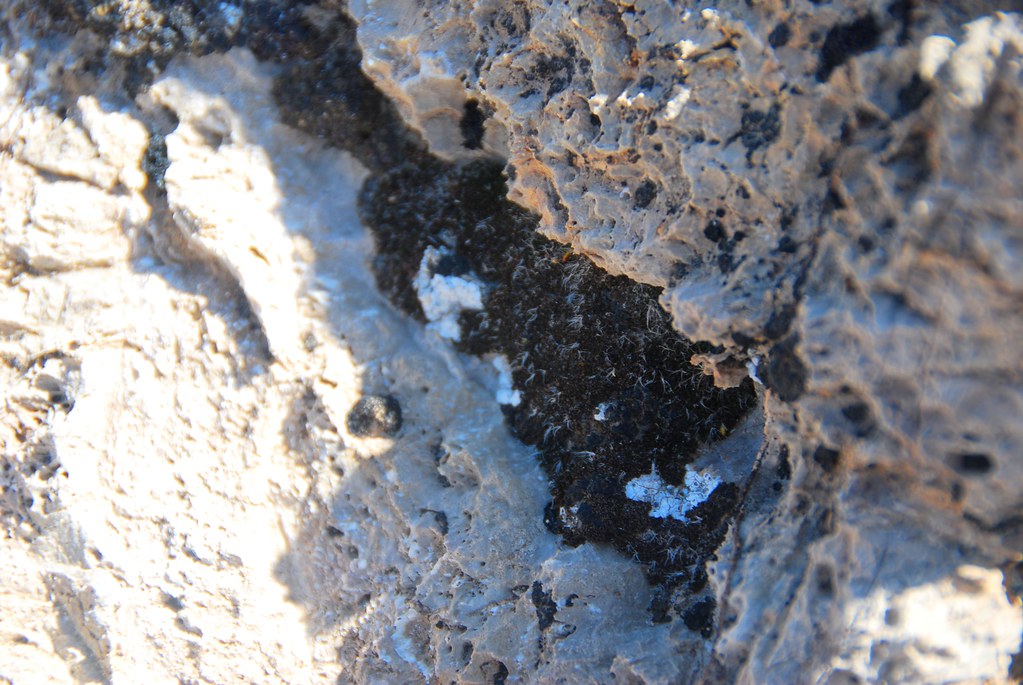
Site 3: hypoliths from the slope where we changed a flat tire.
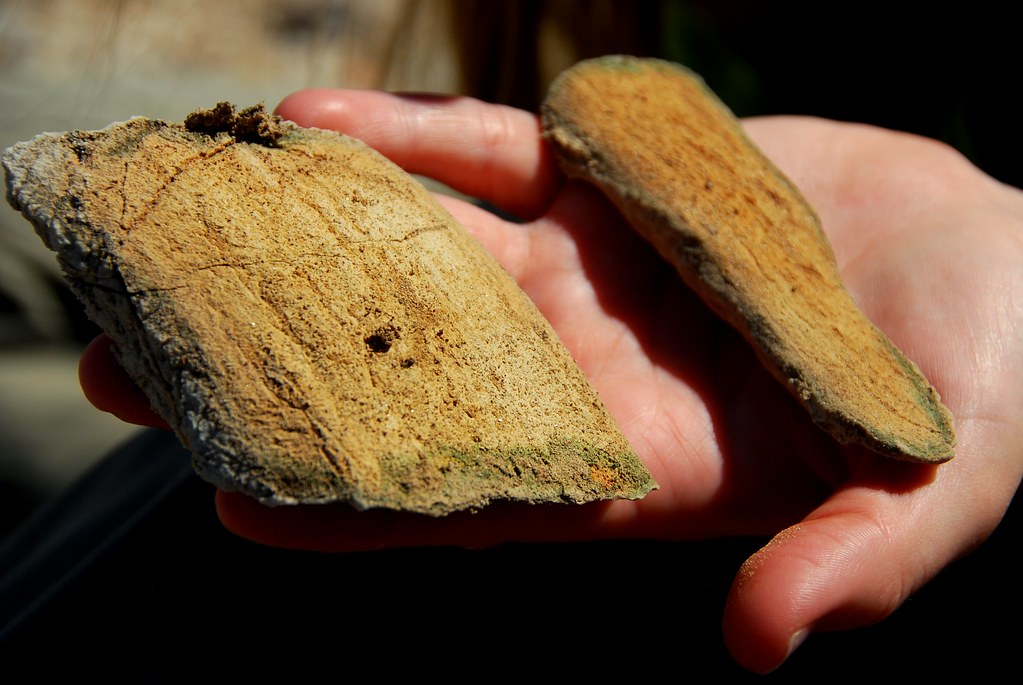
Site 4: orange varnish on basalts (lava flow) (35.201008 N, 115.871826 W)
Site 5: desert crust near basalt flow (35.185647 N, 115.845122 W)
Site 6: endoliths in quartz and carbonates (35.40362 N, 116.290283 W)
Site 7: evaporites from Soda Lake (35.151258 N, 116.105061 W)
Tags: extremophiles · field work · science1 Comment

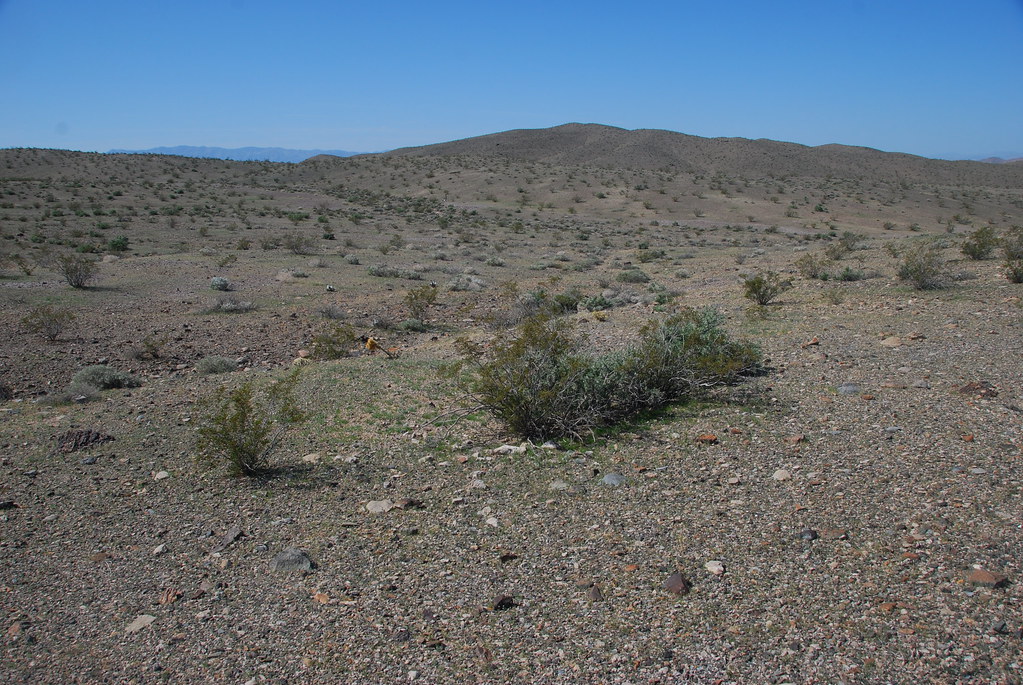
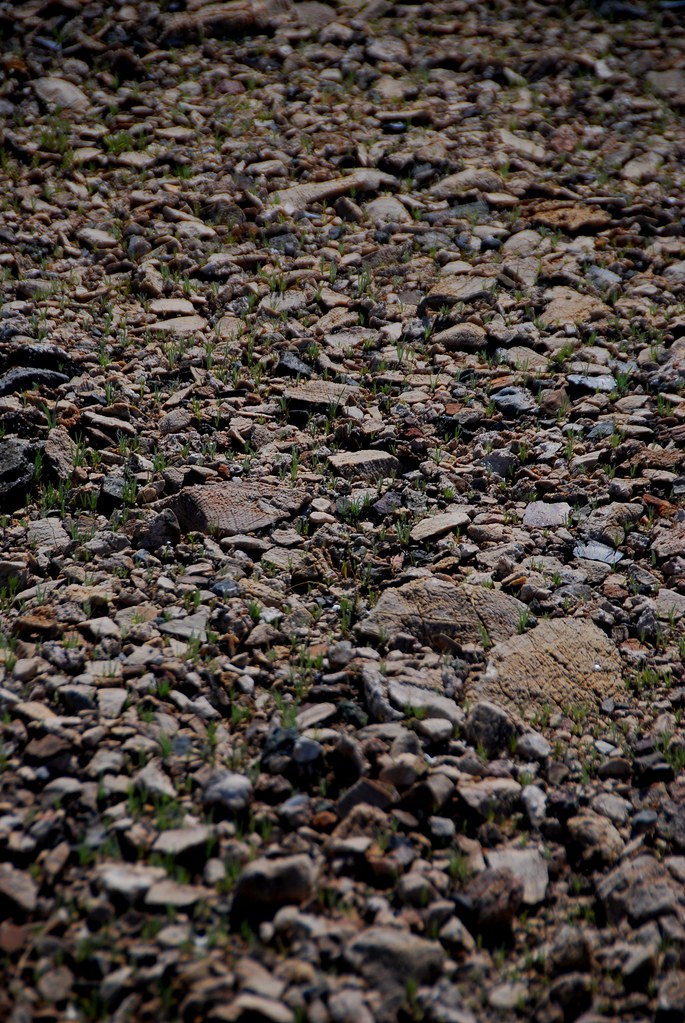
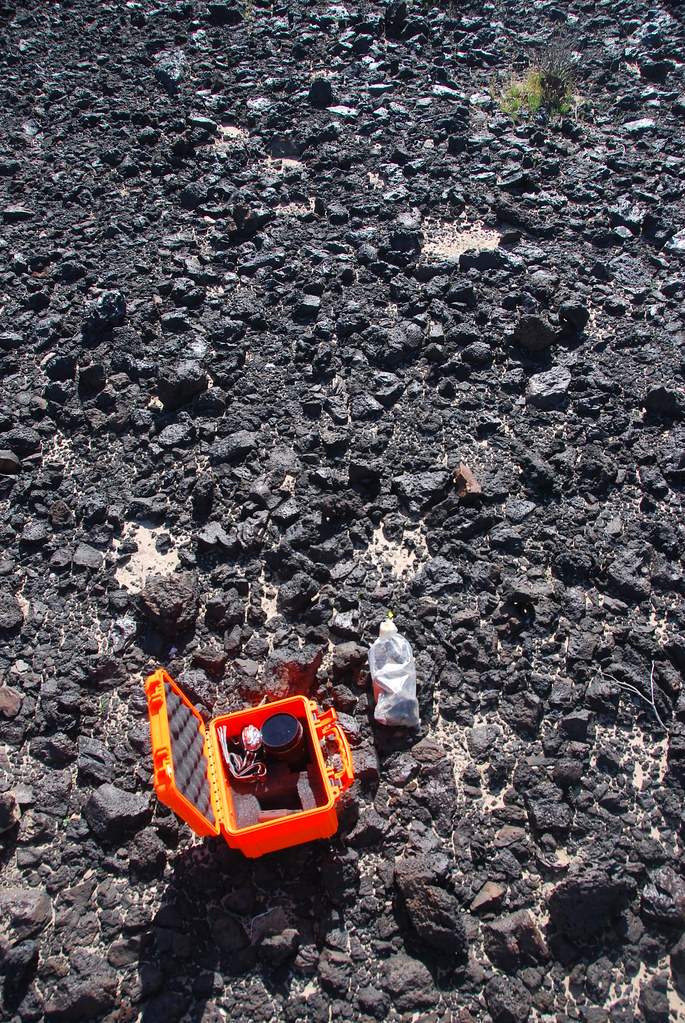
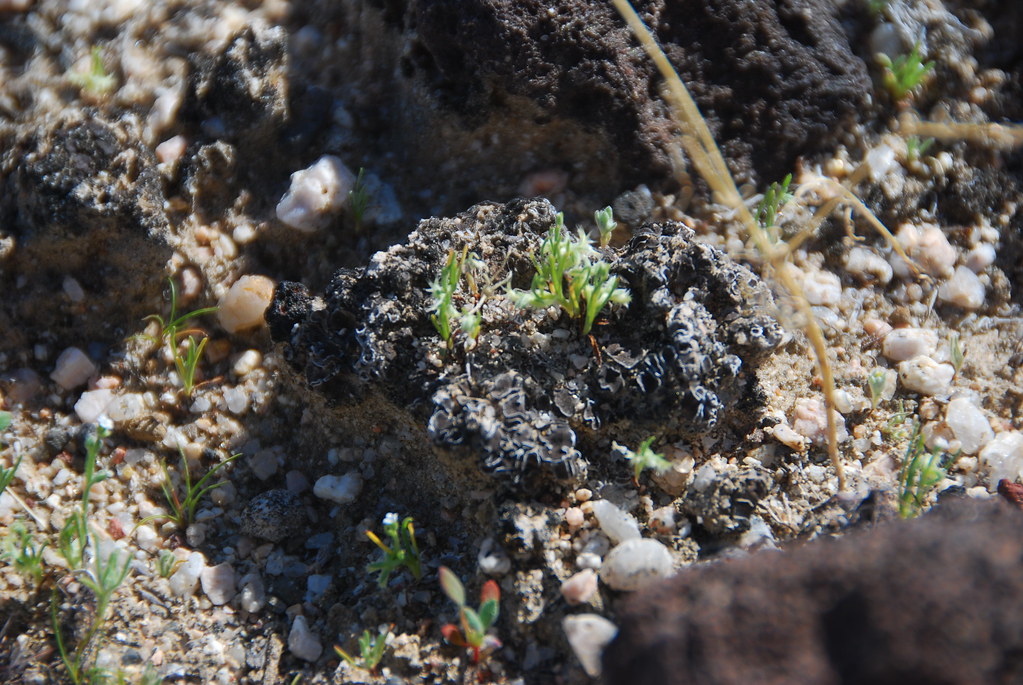
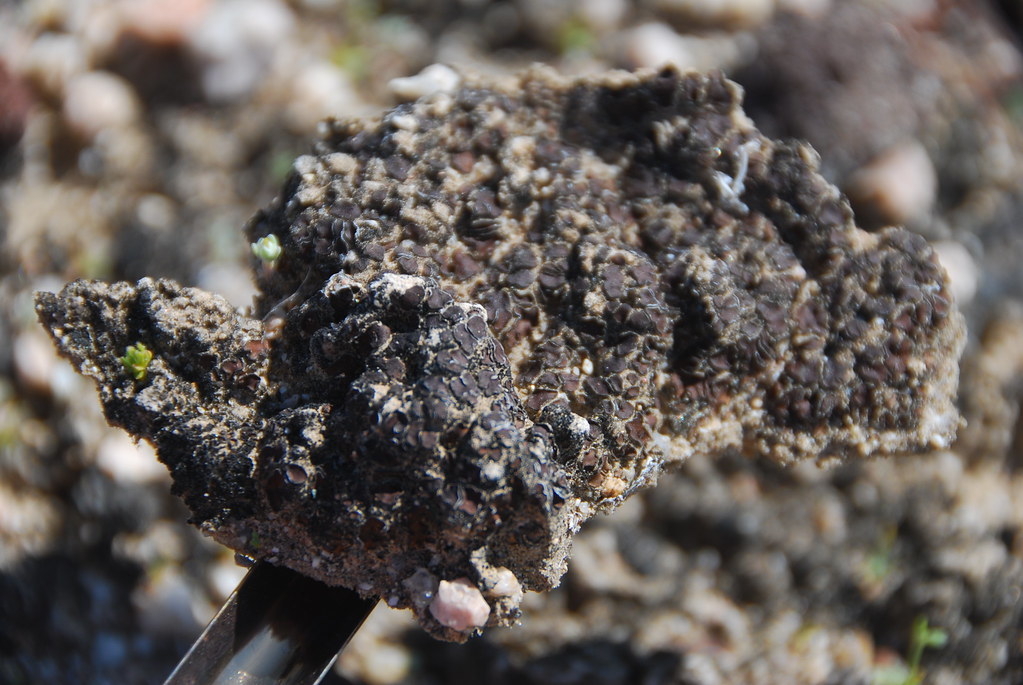
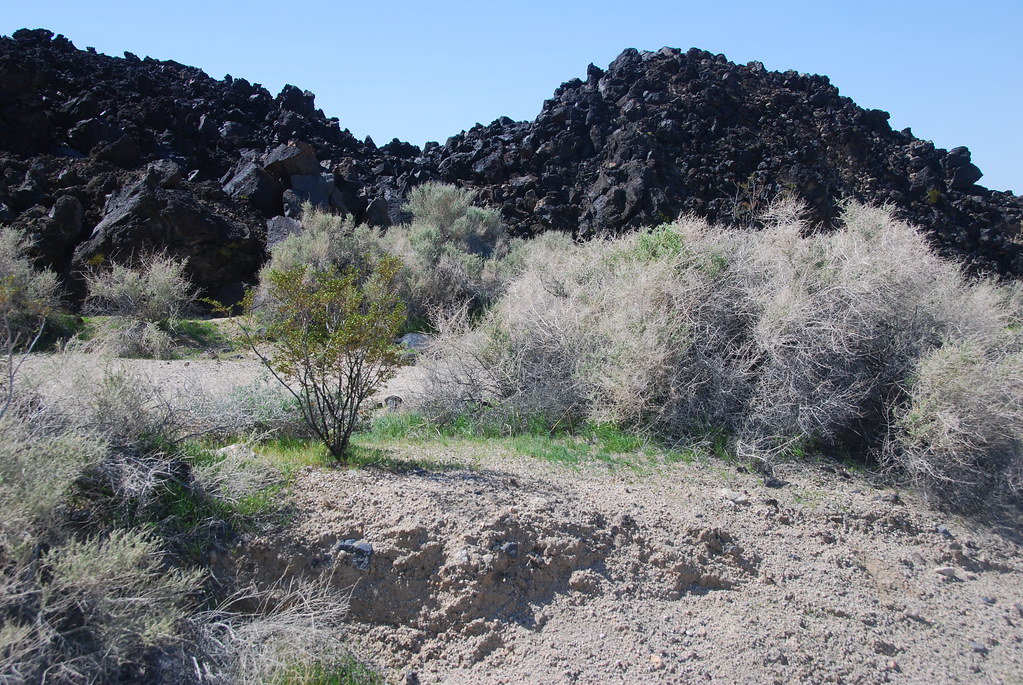
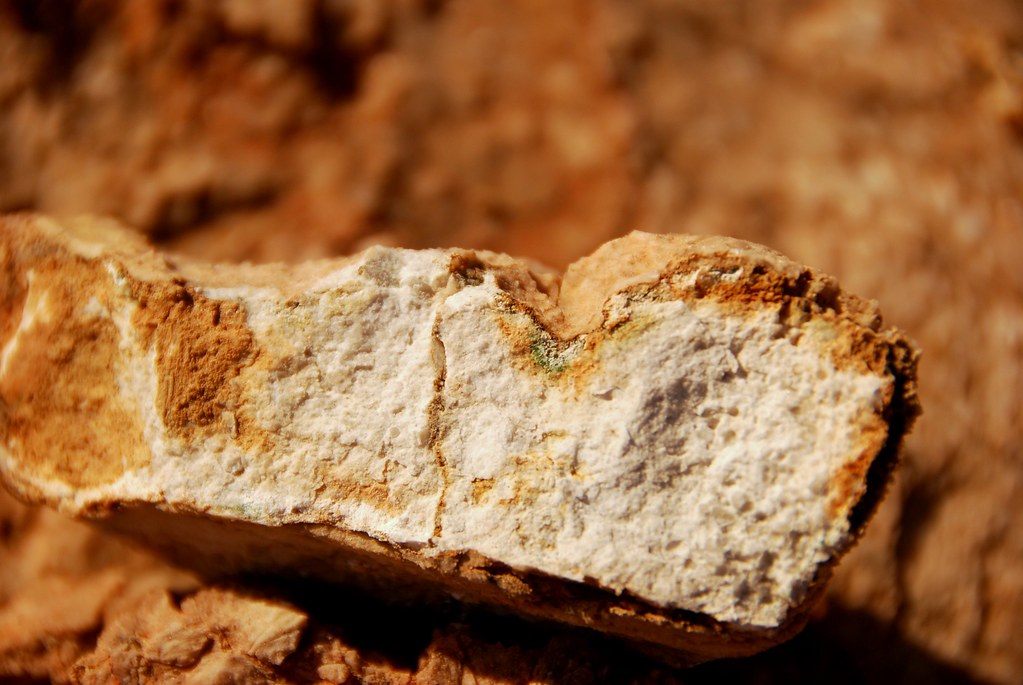
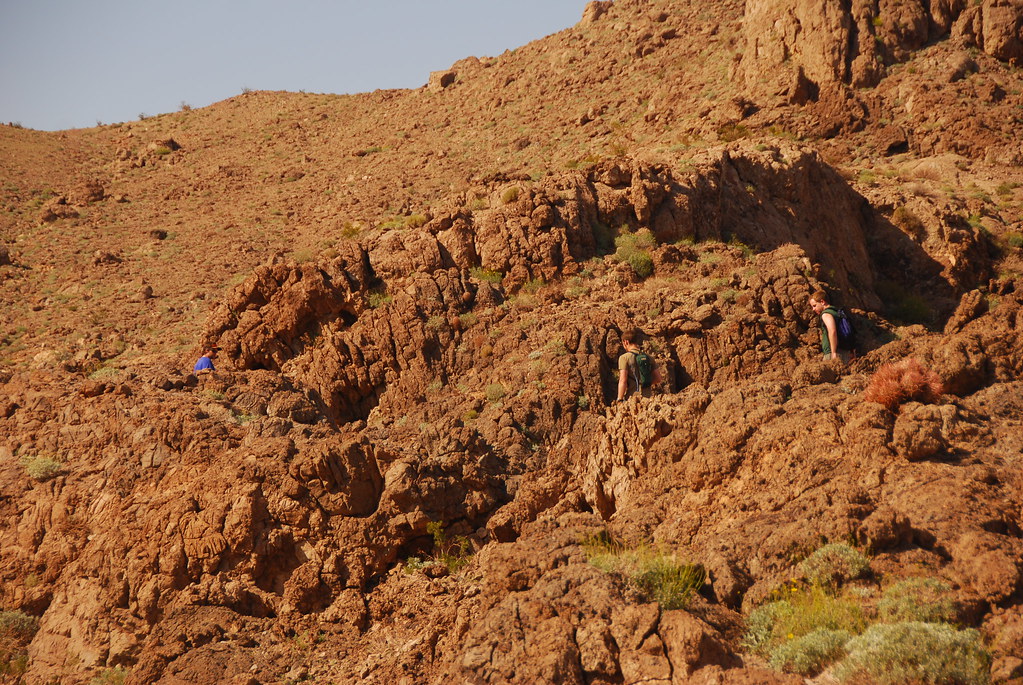

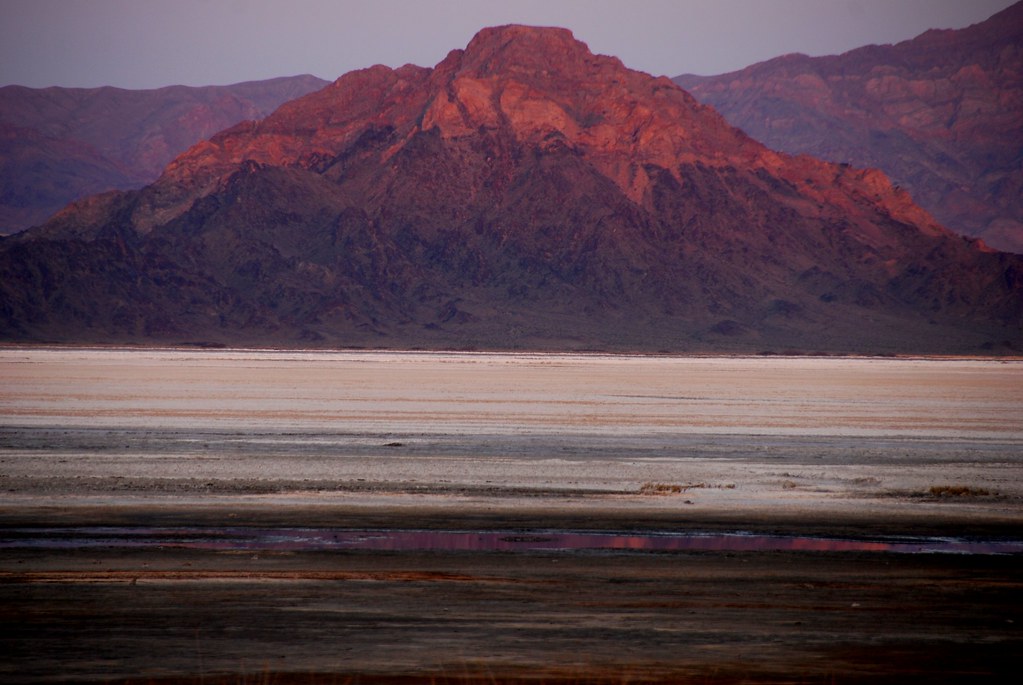

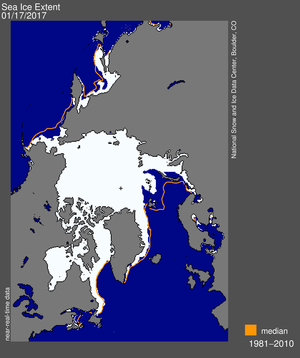
1 response so far ↓
[…] reric […]